I am trying to make scatter plot with ggplot2. Below you can see data and my code.
data=data.frame(
gross_i.2019=seq(1,101),
Prediction=seq(21,121))
ggplot(data=data, aes(x=gross_i.2019, y=Prediction, group=1)) +
geom_point()
This code produce chart below
So now I want to have values on scatter plot with different two different colors, first for gross_i.2019 and second for Prediction. I try with this code below with different color but this code this lines of code only change previous color into new color.
sccater <- ggplot(data=data, aes(x=gross_i.2019, y=Prediction))
sccater + geom_point(color = "#00AFBB")
So can anybody help me how to make this plot with two different color (e.g black and red) one for gross_i.2019 and second for Prediction?



